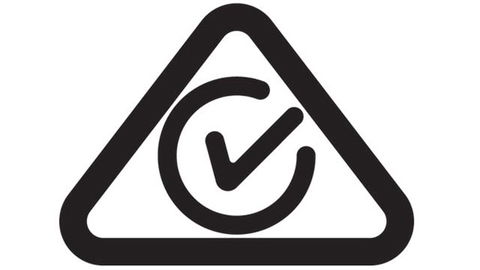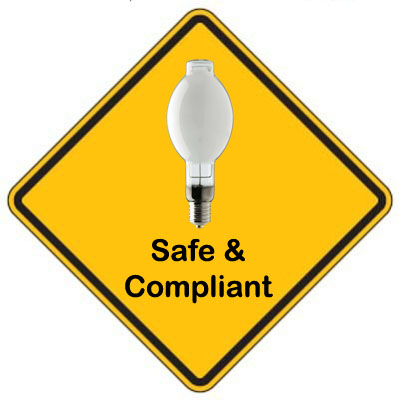Published: 14 March 2014
Category: Industry News
The ever increasing use of sophisticated electrical technologies (including lighting, controls, computers/tablets and power conversion technologies) is now commonplace and increasing in every aspect of human activity. Tied to this is the risk associated with increased electromagnetic interference (EMI).

Pausing to think about the areas of everyday life exposed to potential errors or malfunctions in technology caused by EMI that can have a serious impact on functional safety shows there are many touch points including but not limited to:
- Commerce
- Industry
- Banking
- Defence
- Medicine & healthcare
- Government
- Security
- Energy & energy efficiency
- Entertainment & leisure
- Agriculture
There is no escape as all electrical technology is susceptible to errors and malfunctions caused by electromagnetic interference (EMI). All electrical devices are sources of EMI and as these devices become more sophisticated they tend to emit EMI at higher levels or higher frequencies. Imagine the disaster if many of the services now reliant on electrical devices used in daily life failed due to EMI. Think: home/office lighting, fire safety systems, telecommunications, computing, the list goes on.
The significance of this is that without Electromagnetic Compatibility (EMC) standards and engineering there would be functional and safety concerns for everyone. EMC standards deliver some protection against functional safety failure, ensuring electronic and electrical devices operate as intended without impact on other devices.
Financial risk and safety regulations which can ban a product for sale in the Australian/New Zealand markets for manufacturers and service providers are the primary incentive to comply with standards. All companies are aware that legal claims which go against them can be very costly as well as ruin their company or brand image. It pays to comply.

A recent case in point in Los Angeles, California where a building’s fluorescent lighting knocked our mobile phone reception whereby the building owners can reportedly be fined up to USD$16,000/day up to a total of USD$112,500.
To be certain, always use EMC electrical products and never customise an electrical product in a way which will affect compliance to EMC standards. Always look for certified approval markings on products.
For these reasons EYE Lighting is a proud signatory to the Does It Comply campaign and offers product that complies with EMC regulations, branded with RCM (some product is still marked with C-Tick) ensure customers have access to safe and compliant lighting products and accessories.
More details for EMC compliance are available the Does It Comply website or visit www.erac.gov.au for more details.
